The Calvin Cycle
The dark reaction, primary involves assimilation of carbon dioxide from the atmosphere to organic carbon of the plant body in the form of organic compounds like glucose this thing was first denoted by Blackmans in 1905 and hence it is called black man’s reaction later in 1949 Calvin, Bassham and Benson denoted the cyclic pathway and name that as Calvin cycle. This process takes place in the stroma of the chloroplast, where main Ribulose diphosphate fixes atmospheric carbon dioxide with the help of enzyme ribulose diphosphate carboxylase to form the first three carbon compound of photosynthesis that is phosphoglyceric acid in C3 cycle.
This reaction can be divided into four steps. They are-
Mechanism of C3 Cycle - In this cycle six molecules of carbon dioxide are fixed by six molecules of Rudp or ribulose diphosphate that make a total 36 carbon atoms among which 6 carbon atoms form the hexose and the rest 30 carbon atoms we generate the six molecules of 5 carbon compound ribulose diphosphate.
Carboxylation of ribulose diphosphate the addition of carbon dioxide to the compound is called carboxylation for six molecules of ribulose 1,5 bis phosphate combines with six molecules of carbon dioxide in presence of Ribulose diphosphate carboxylase or rubisco that form and intermediate 6 carbon keto acid that ultimately breaks down to form 12 molecules of three carbon phosphoglyceric acid.
Reduction of Phosphoglyceric Acid - The Twelve molecules of phosphoglyceric acid in presence of 12 molecules of ATP and enzyme phosphoglyceric kinases forms 12 molecules of 1, 3 di phosphoglyceric acid.
De hydrogenase enzyme converts 1, 3 di phosphoglyceric acid to phosphoglyceraldehyde with the help of NADPH2.
Synthesis of glucose five molecules of phosphoglyceraldehyde out of the 12 molecules can synthesise and form dihydroxyacetone phosphate in presence of triose phosphate isomerase.
During the light phase water that undergoes photolysis liberates hydrogen ion and hydroxyl ion and Oxygen gas and water molecules are ultimately formed. The energy rich compounds ATP and reduced nicotinamide adenine di nucleotides phosphate are also produced by this reaction. The formation of ATP molecules is called phosphorylation. Continuous exchange and the transfer of electrons occurs into pathways one is in a cyclical manners and another in a non cyclical manner that phosphorylation can be divided into cyclic phosphorylation and noncyclic phosphorylation. The cyclic process is called incomplete but the non cyclic process is called complete process because it explains the origin of adenosine type of spirit molecule and reduced nicotinamide adenine dinucleotide phosphate molecule and oxygen. The dark phase or the Calvin cycle includes the fixation of carbon dioxide by regulars diphosphate in the form of phosphoglyceric acid and ultimately that formed which shows which is the part of the cycle that known as Blackmans reaction. Calvin is a scientist who proved the regeneration of ribulose diphosphate that taken by the plant from part of hexose molecule and this cycle is known as Calvin cycle. There are some other forms of carbon dioxide fixation for carbon cycle or photo respiration that forms the first product of first four glycolic acid and C4 cycle that form of that acetic acid and CAM that form maleic acid respectively. Bacteria that contain chlorophyll can photosynthesize but they utilise hydrogen sulphide in state of water and their forms sulphur instead of oxygen. There are also presence of some non photosynthetic bacteria which does not contain any chlorophyll but they get their energy by the oxidation of simple inorganic substances by the process known as chemosynthesis. Photosynthetic activity of the Prehistoric plants are utilised by present day human beings in the form of coal and petroleum as these are used as the most desert and most used source of fuel.
Significance
of photosynthesis or heat synthesizes food for all other organisms by trapping
solar energy, it also purifiers the air by supplying Oxygen and uptake Carbon
dioxide gas ;engage in maintaining the oxygen carbon dioxide balance.
Specific Steps of Dark Reaction:
Some important steps of dark reaction -
* At first six molecules of carbon dioxide is fixed by six molecules of ribulose diphosphate which produce 12 molecules of three carbon compound called phosphoglyceric acid.
* Among the 12 molecules of phosphoglyceric acid two molecules of phosphoglyceric acid utilise the energy of ATP molecule and nicotinamide adenine diphosphate hydrogen to form one hexose molecule.
* The rest of the 3 molecules of phosphoglyceric acid that go through a series of reaction by producing and converting into four carbon compound 5 carbon compound, 6 carbon compound and 7 carbon compounds that ultimately regenerate ribulose diphosphate.
* Ribulose diphosphate is again utilised for fixation of carbon dioxide by this steps.
Questions are Following-
1. What is Solarization?
Solarisation is the process of inhibition of photosynthesis due to Intense light in presence of oxygen that may cause bleaching of chloroplast.
What is the end products of light reaction?
The end products of light reactions are adenine triphosphate nicotinamide adenine diphosphate and oxygen.
2. What is Inductive Resonance?
The transfer of solar energy from one pigment molecule to the other is known as inductive reasoning.
What do you understand by Hill reaction and Blackmans reaction?
Hill reaction is the reaction for breakdown of water molecules of cause by isolated chloroplast illuminated condition in presence of oxygen to produce hydrogen and oxygen.
Dark reaction of photosynthesis occurs when carbon dioxide is fixed to form hexose molecule and is known as Black men’s reaction.
3. How he is leaf adapted for getting the materials needed to carry out photosynthesis?
Leaves are adapted for getting the materials that is needed to carry out photosynthesis by the following ways-
* The broad lamina of the leaf increases the surface area of form incident light.
* Detect palisade parenchyma increases chlorophyll density to absorb more light that comes from the Sun.
* Presence of large number of stomata and intercellular spaces provides easy exchange of gases through the stomata force and opening and closing of this force are offered by the Sodium and potassium ions.
* Top veins in leaves provide easy transport of minerals and water.
From The Calvin Cycle to HOME PAGE
Recent Articles
-
Formed Elements of Blood | Erythrocytes | ESR |Leukocytes |Neutrophils
Jan 15, 26 01:25 AM
Formed elements formed elements are constitute about 45 % of blood afeias haematocrit value packed cell volume mostly of red blood corpuscles and are of 3 types- erythrocytes, leukocytes and blood pla… -
What Is Plasma? | Blood Plasma | Proteins | Nutrients | Cholesterol
Nov 07, 25 10:29 AM
Blood is a mobile fluid which is a connective tissue and is derived from the mesoderm like cell any other connective tissue. Colour of blood is reddish and that flows inside the blood vessels by means… -
Disorders of Respiratory System | Tuberculosis | Pleurisy | Emphysema
Oct 28, 25 11:39 PM
Tuberculosis is very common disease and is caused by a type of bacteria called Mycobacterium tuberculosis. This disease causes different trouble in the respiration and infection of several parts of th… -
Regulation of Respiration | Respiratory Centres | Inspiratory Area |
Oct 14, 25 12:13 AM
Respiratory Centre is the area that controls the rate of respiration and it is observed to be located in medulla oblongata and pons. Respiratory Centre has the following will dispersed components like… -
Explain Transport of Gases | External Respiration | Tissue Respiration
Oct 09, 25 11:35 PM
In humans gaseous exchange is completed in the following ways the steps are - External Respiration or Breathing - Breathing in false taking in of Oxygen and giving out of carbon dioxide in the body. M…
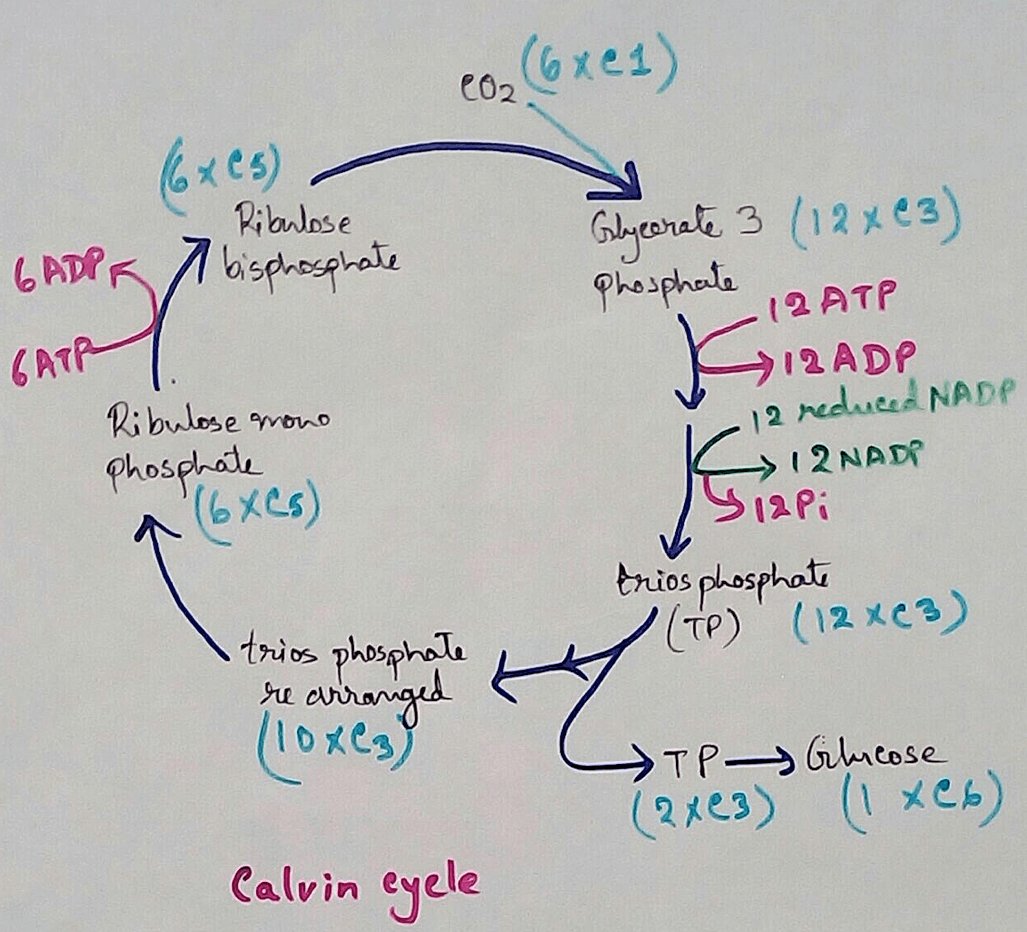
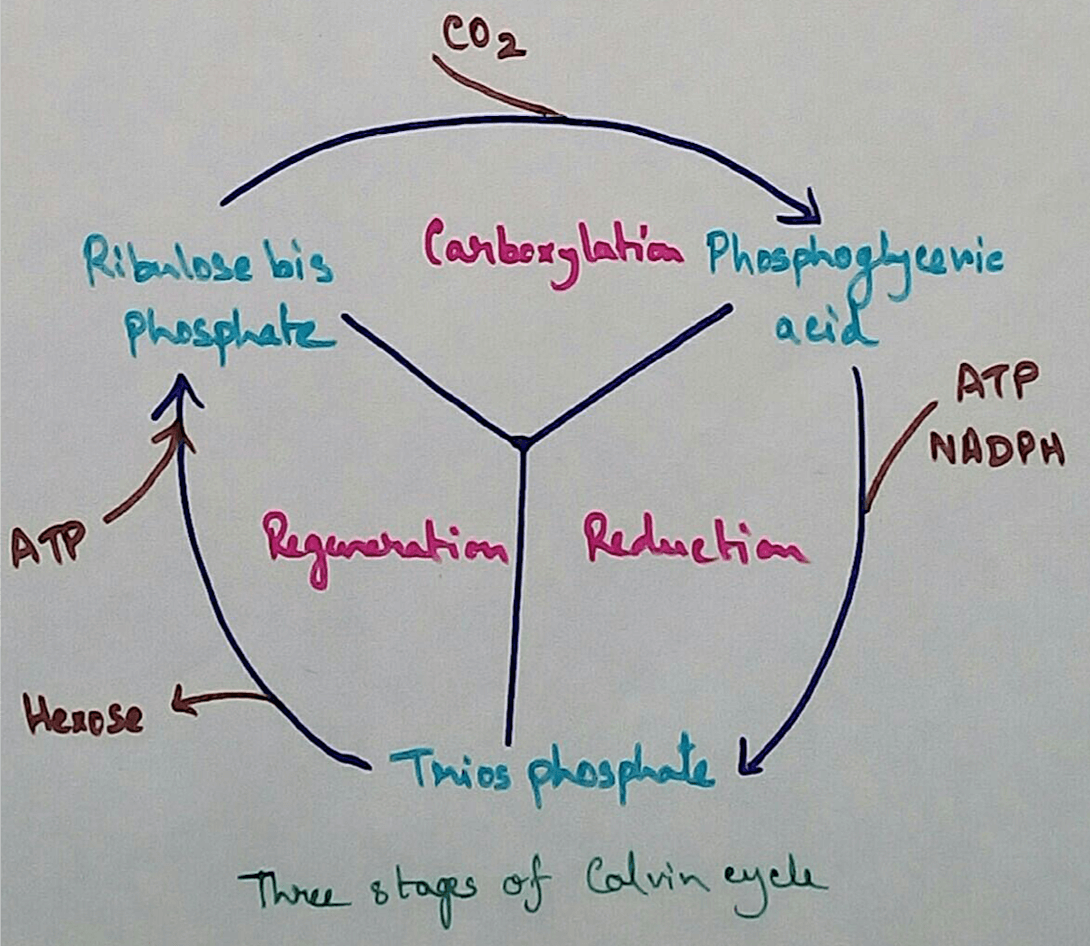
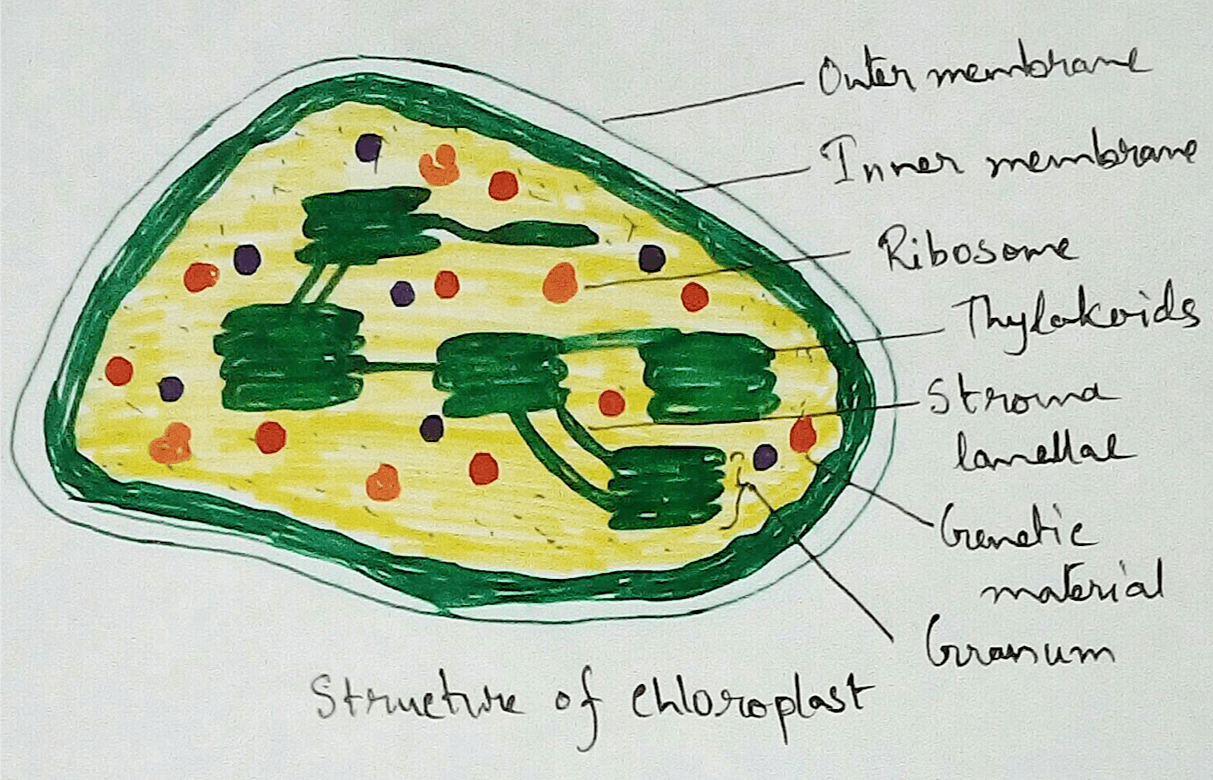
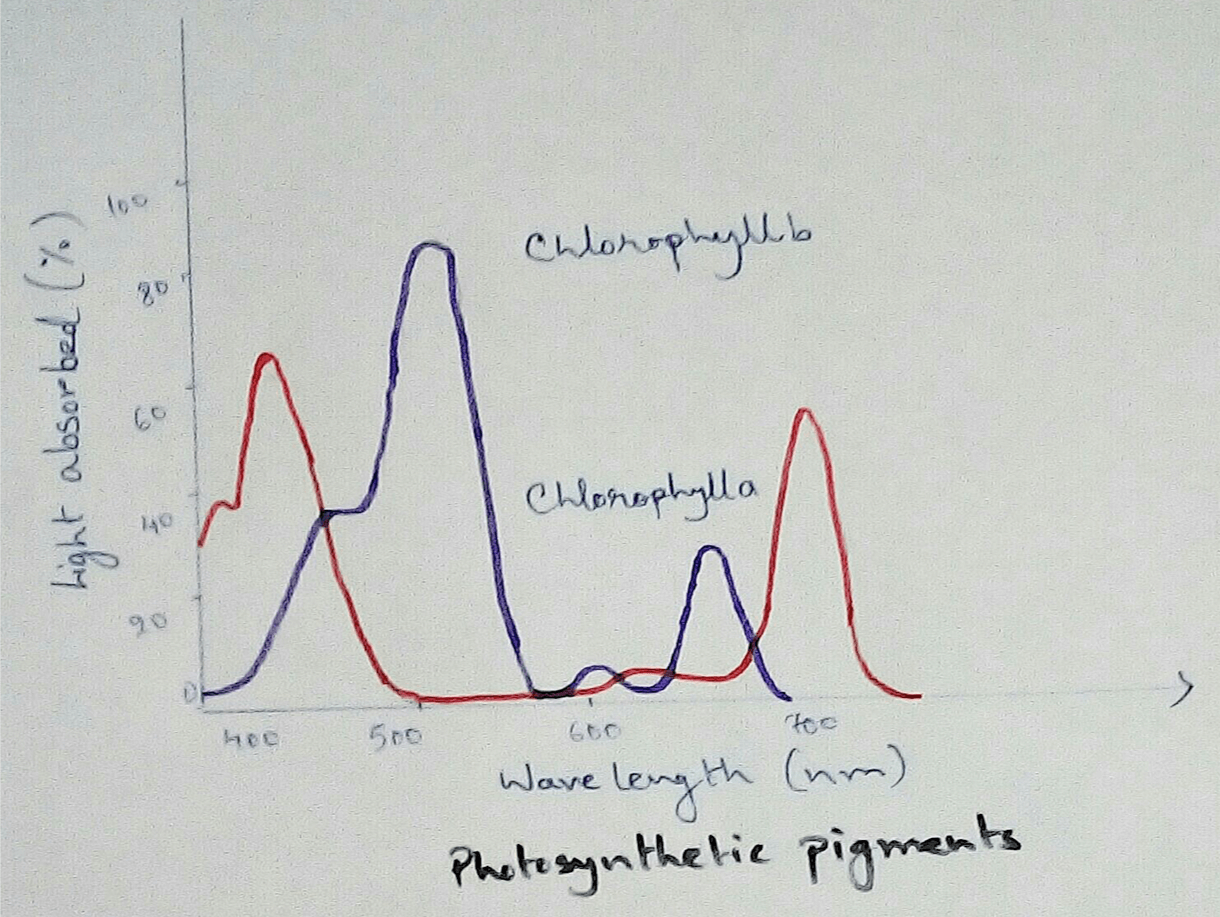
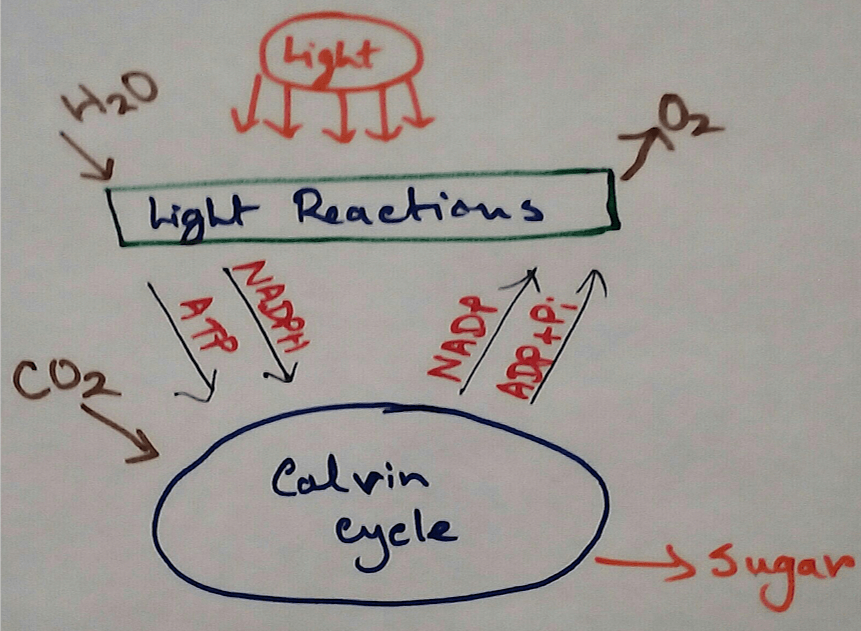
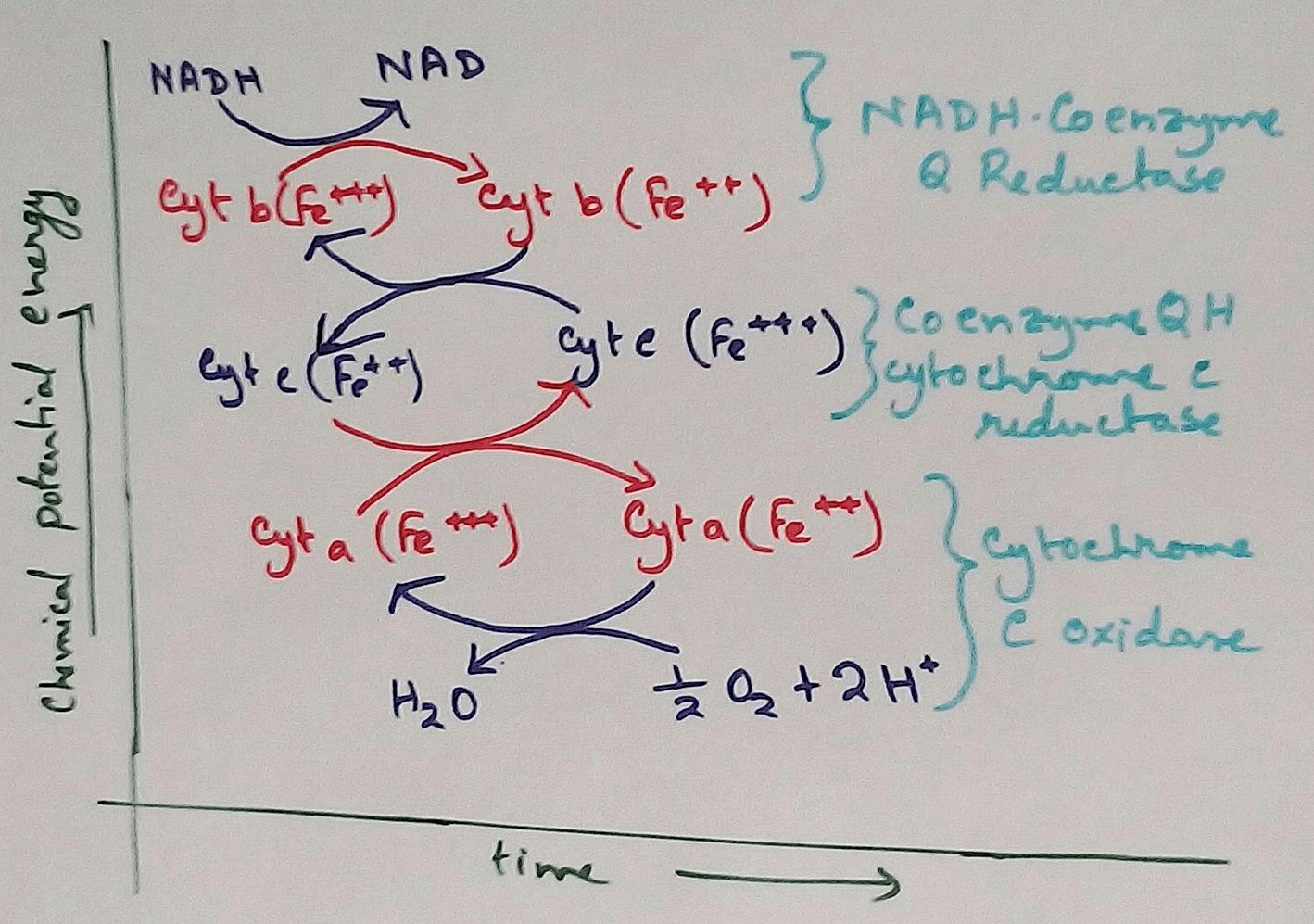
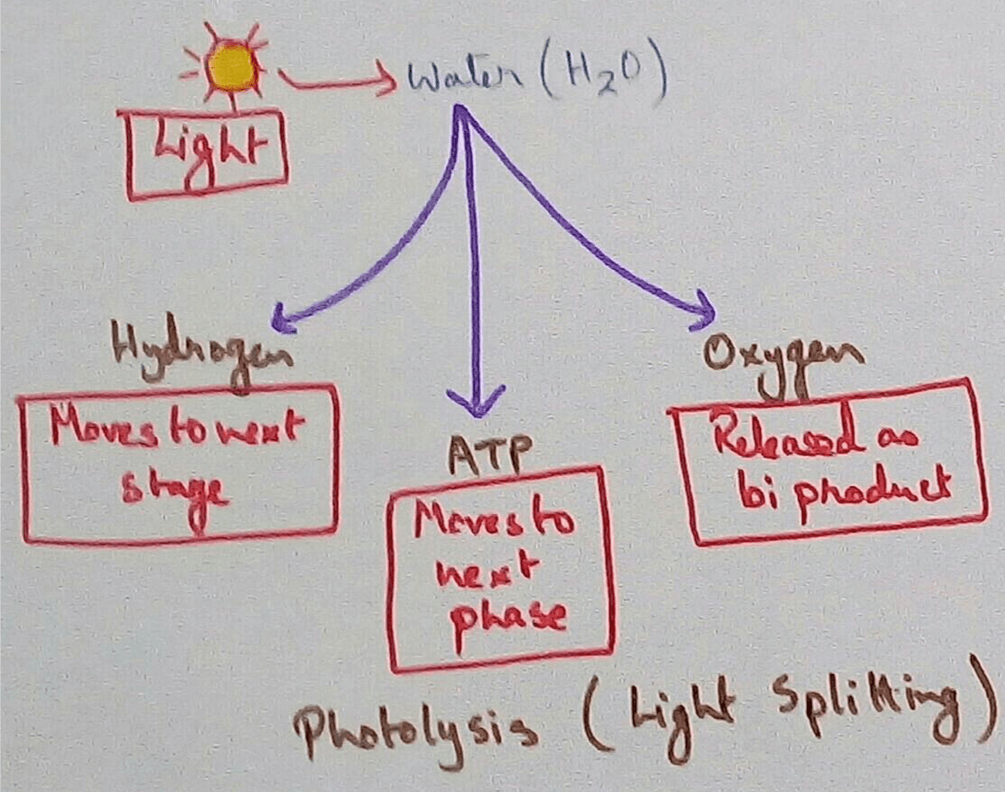
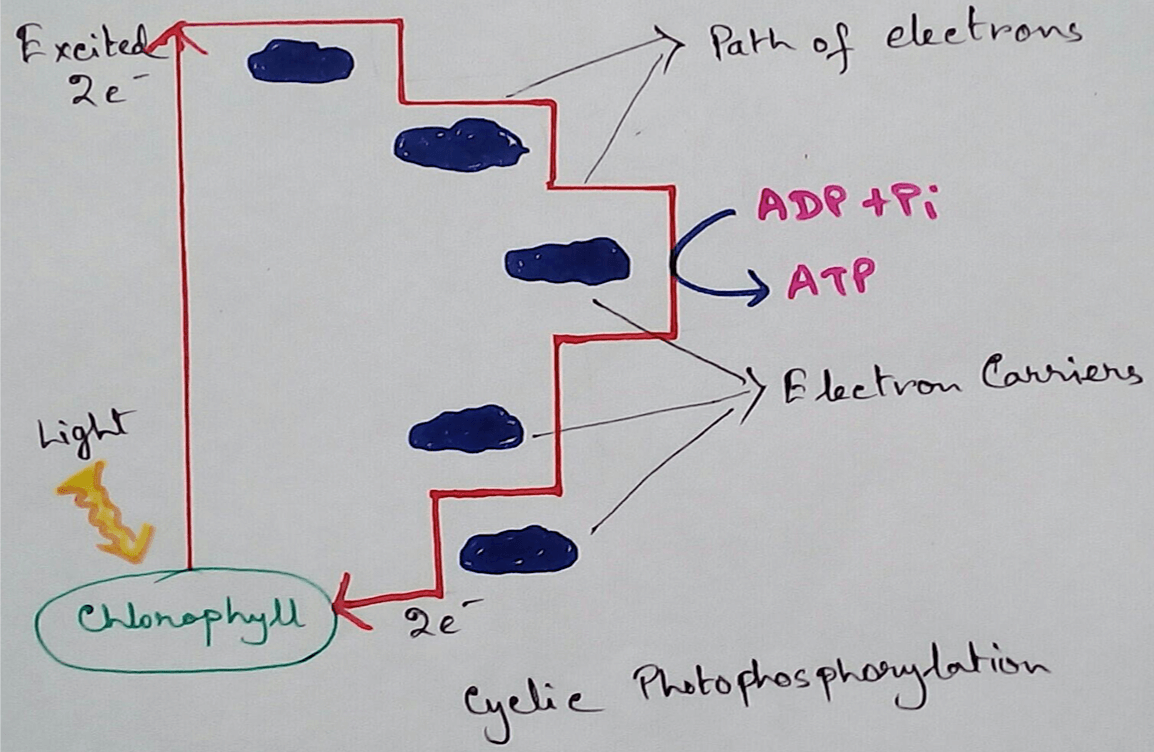
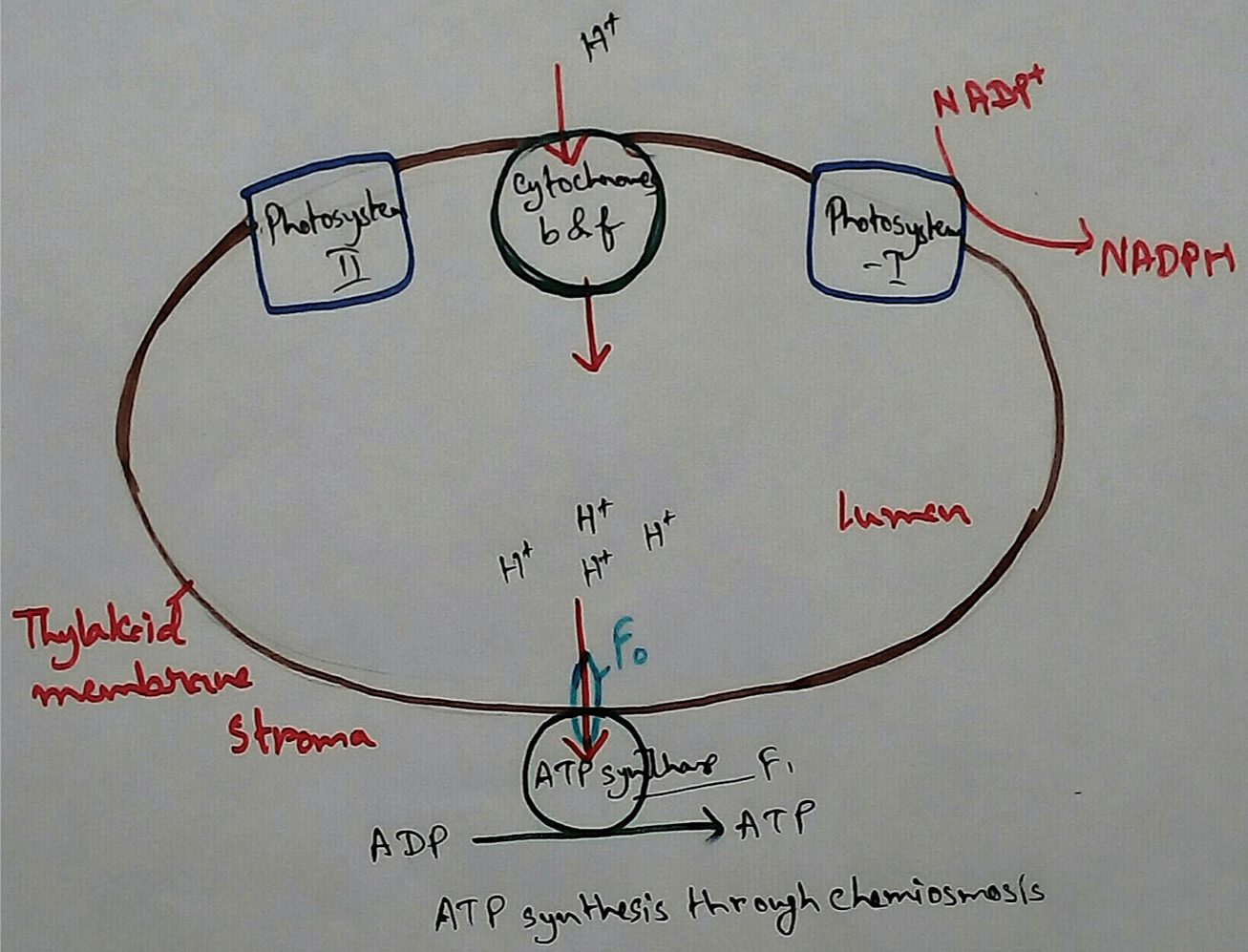
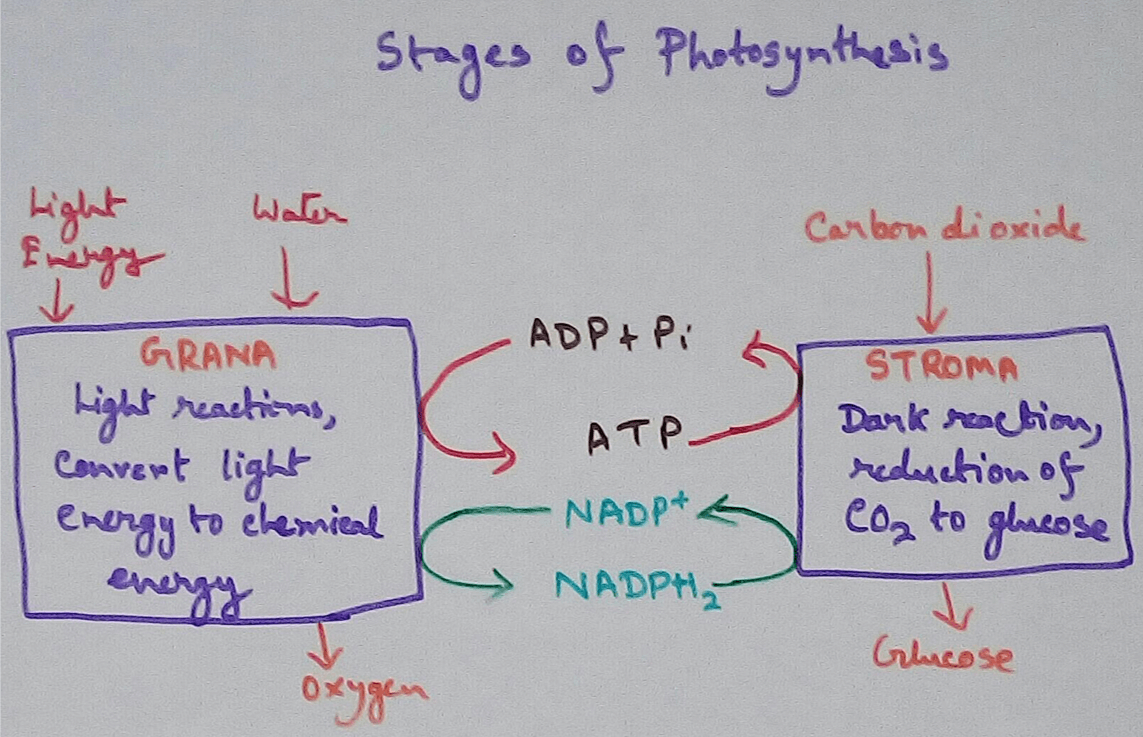
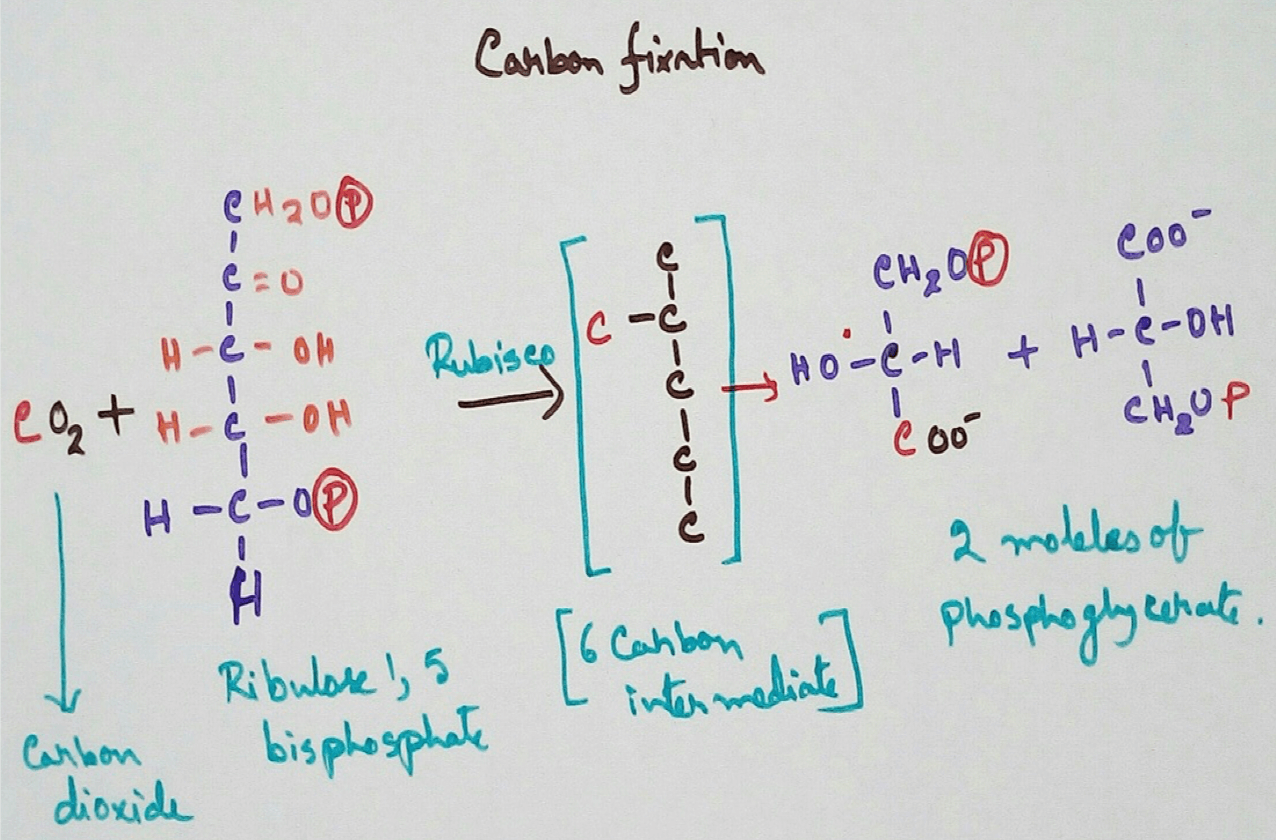
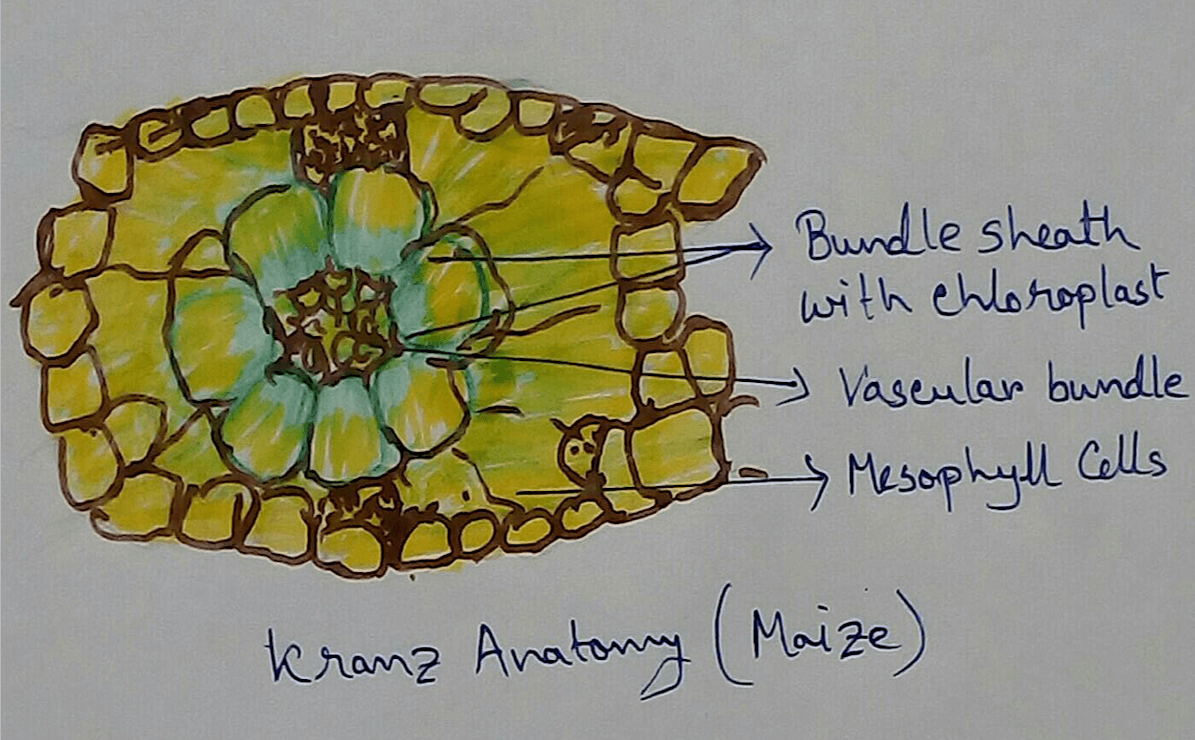

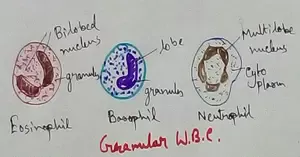



New! Comments
Have your say about what you just read! Leave me a comment in the box below.